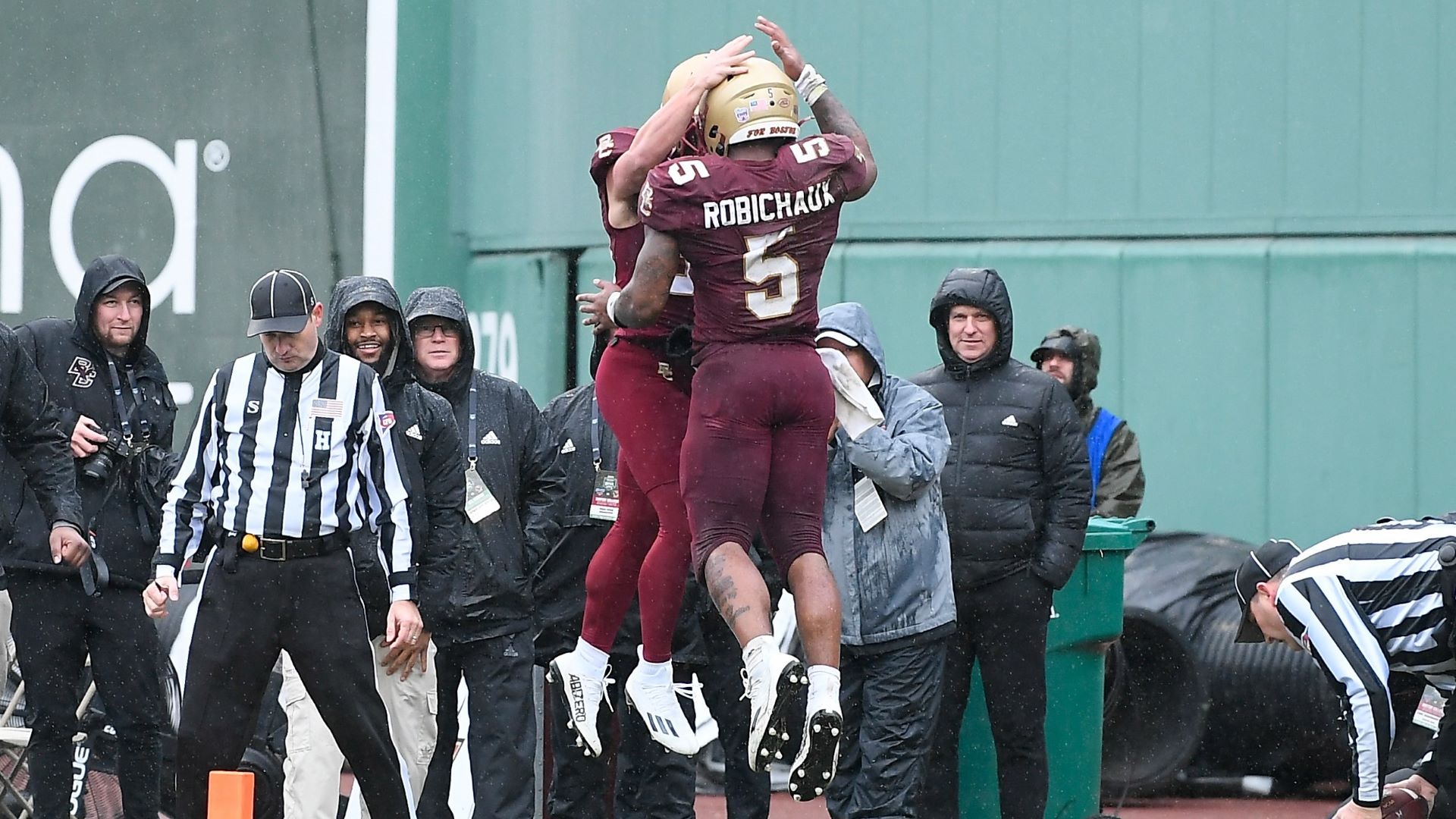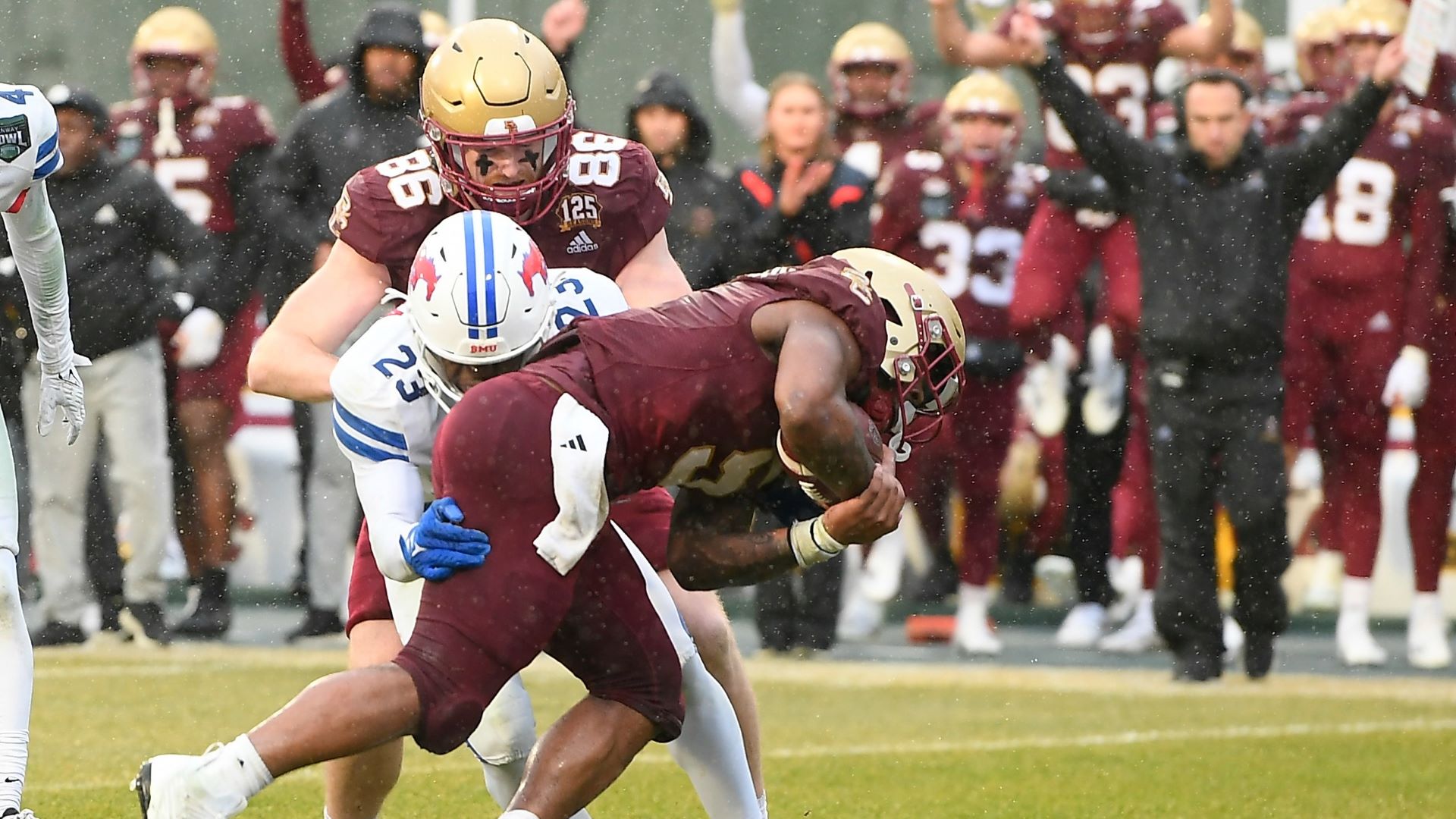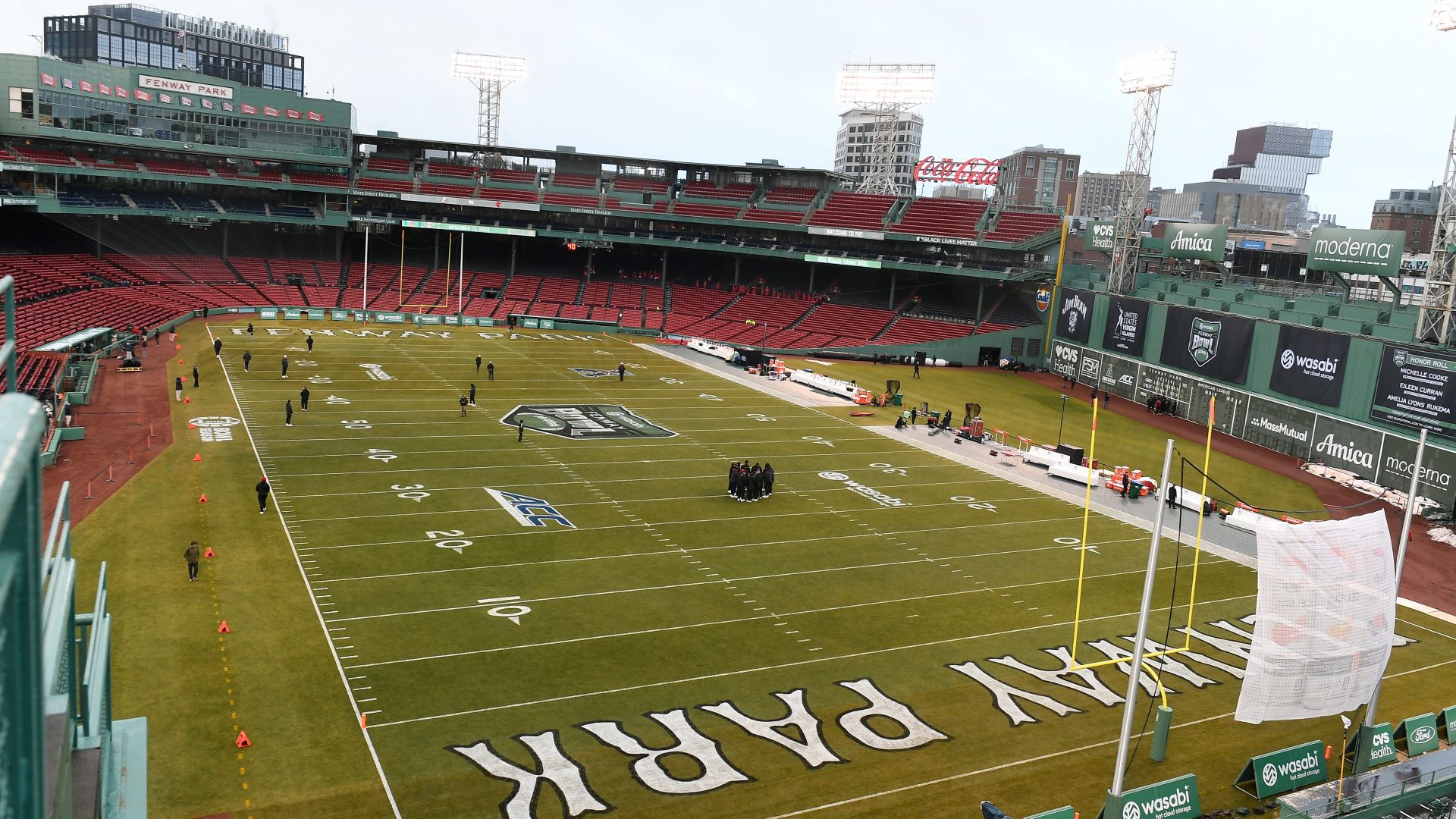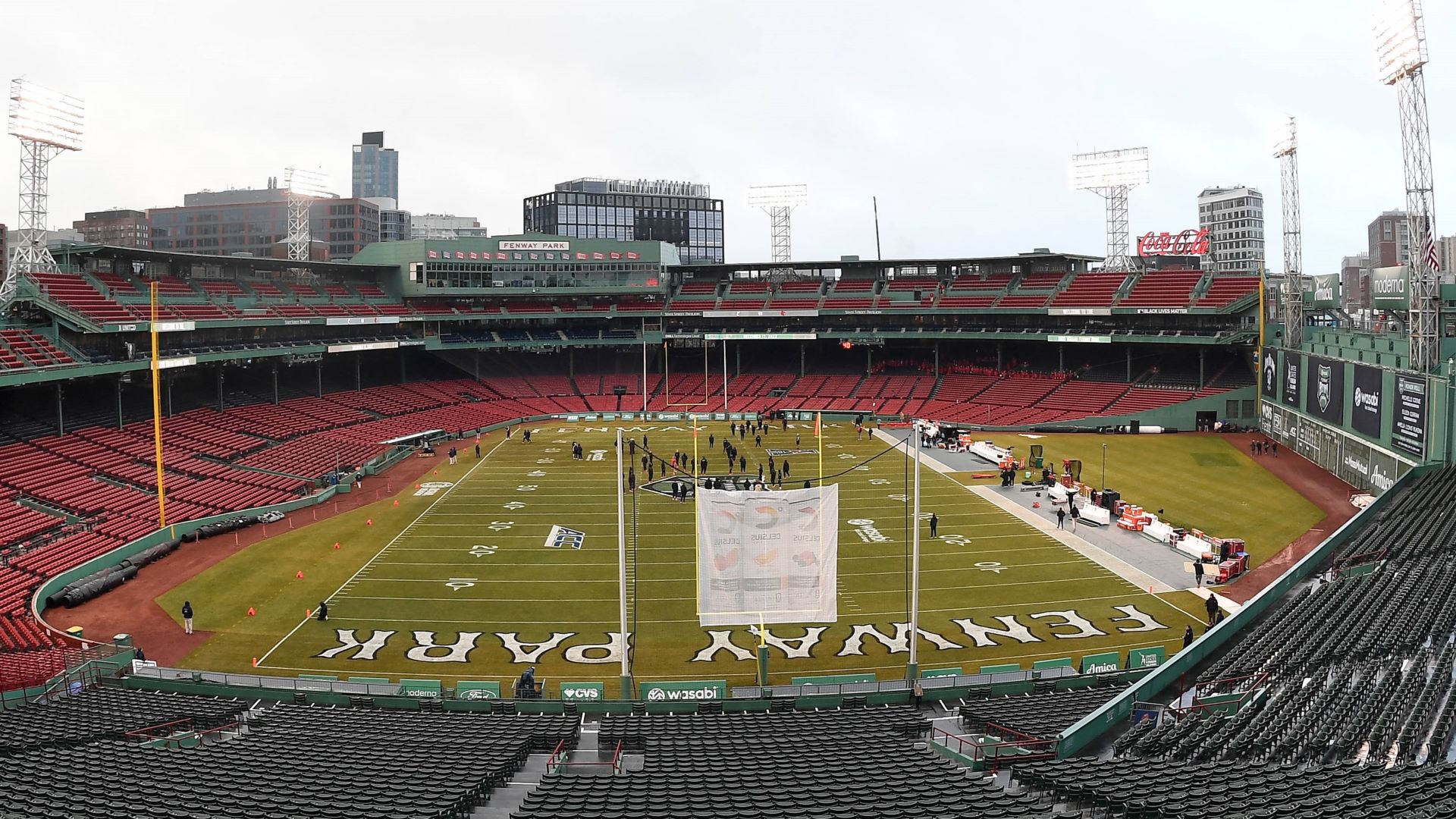Fenway Park is the oldest ballpark in Major League Baseball, which is why some historical moments can sometimes be forgotten.
Fans certainly recognize iconic attractions and know how important Fenway Park is in baseball history, but there are plenty of details that fans should know. Here are nine of them.
1. Grand opening was delayed multiple times
Fenway Park was named by then-owner John I. Taylor and officially opened on April 20, 1912. Bad weather postponed the original start date of April 17, but if that debut date and year mean anything, you'll know that was five days after the Titanic sank. It was understandable why the public wasn't putting their full attention on the Red Sox against Harvard University. Yes, the Crimson was the first opponent Boston faced at Fenway Park.
2. Sunday games
The people of Massachusetts voted in 1928 to allow sports on Sundays between 2 p.m. and 6 p.m. ET. However, it still was illegal to play a professional game on Sundays within 1000 feet of a church, which Fenway was. The Red Sox played the first Boston Sunday game ever on April 28, 1929 ... at Braves Field, home of the then-other professional Boston baseball team. Eventually, the church rule was lifted, so the Red Sox got to play a Sunday game at Fenway for the first time on July 3, 1932.
Story continues below advertisement
3. Fenway fires
Fenway now is made of steel of concrete, but the ballpark originally was made out of wood. A section of the left field grandstand burned in a fire in 1926 and wasn't repaired until a second fire in 1934 shortly after Tom Yawkey bought the team. The fires resulted in an estimated $220,000 loss.
4. Green Monster wasn't always green
The first 35 years of "The Wall" originally were covered with ads all across it. The wall-to-wall ads were removed because it was deemed too distracting for players. It wasn't until 1947 the blue wall was colored green to match the ballpark, and the official moniker was born due to a remark from a local journalist.
5. Morse code message
The scoreboard on the Green Monster is front and center, but Thomas A. Yawkey and Jean R. Yawkey, who bought the Red Sox in 1933 inscribed their initials on the Green Monster in morse code. The inscriptions can be found on the white stripes under "American League."
Story continues below advertisement
6. Ground-rule double quirks
Fenway Park can be batter friendly when it comes to ground-rule doubles, specifically at right field and in the center field bullpen area. But did you know the Green Monster also can provide ground-rule doubles? The ladder that originally was used to retrieve home runs from the Green Monster -- before seats were installed -- can be utilized during a game. If a ball gets stuck on the ladder or if a ball bounces off the ladder and outside of the field, that is a ground-rule double. Also, if a ball were to bounce into an open section of the scoreboard and inside the Green Monster, that also is a ground-rule double.
7. "Duffy Cliff"
Before the Green Monster, there was "Duffy Cliff." Yes, if you could believe it, players would run up a hill at left field to retrieve any ball that was hit there. It was named after left fielder Duffy Lewis and was a 10-foot inclined slope that occupied left field from 1912-1933. Lewis was famous for running up the hill and catching fly balls before they reached the Green Monster. Tom Yawkey decided to flatten "Duffy's Cliff" in 1934 as part of a large-scale renovation.
8. "Williamsburg"
In 1940 bullpens were installed in front of Fenway Park's bleachers, moving in the right-field fence approximately 20 feet. Ted Williams was one of the greatest hitters in baseball history, and he certainly didn't need any advantages, but this new design did provide it. Williams belted homers with such ease that the area was nicknamed "Williamsburg."
Story continues below advertisement
9. Ted Williams and the red seat
And speaking of the Red Sox legend, the "Red Seat" is an iconic feature of Fenway Park. It marks the longest home run ever hit at Fenway at 502 feet. But did you know someone actually got hit on the homer? The ball hit Joseph A. Boucher, a construction engineer from Albany, in the head. He was wearing a straw hat, which diminished any damage that could have been caused.
"How far away must one sit to be safe in this park?" Boucher told The Boston Globe in 1946.
He added: "I didn't even get the ball. They say it bounced a dozen rows higher, but after it hit my head I was no longer interested."
Story continues below advertisement
Boucher said the sun was in everyone's eyes, which is why he didn't better defend himself. Luckily, he was wearing his straw hat that day.
Featured image via Eric Canha/USA TODAY Sports Images










